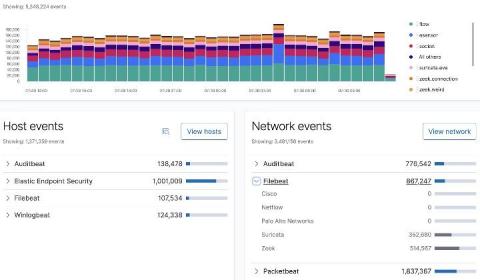Securely manage credentials while monitoring Kubernetes workloads with autodiscovery
In the world of containers and Kubernetes, observability is crucial. Cluster administrators need visibility into the infrastructure and cluster operators need to know the status of their workloads at any given time. And in both cases, they need observability into moving objects. This is where Metricbeat and its autodiscover feature do the hard part for you.











